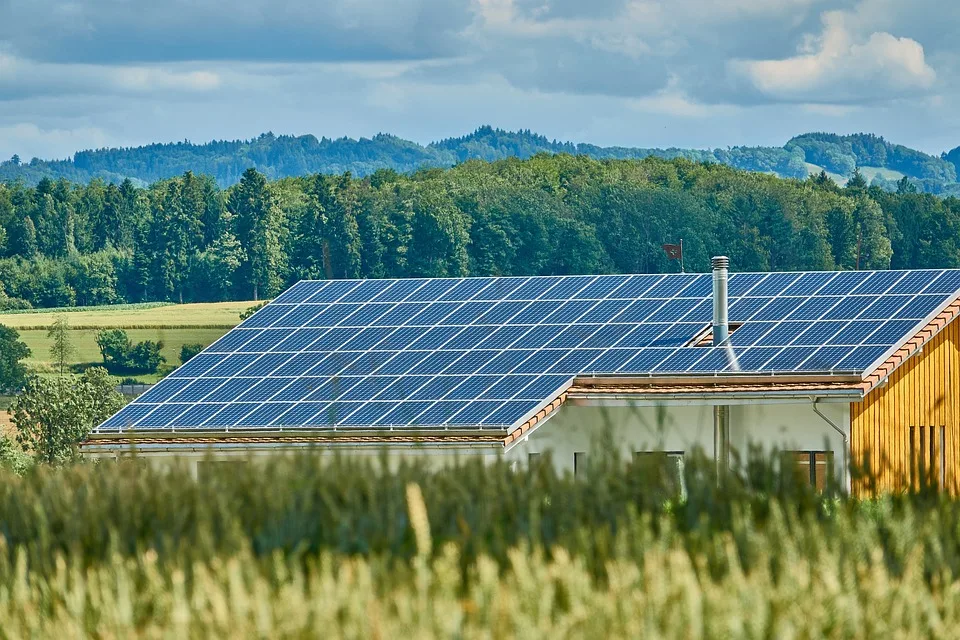Best Solar Panel For Your Home:
As electricity demand continues to rise, so do electricity bills. A solar panel system offers an eco-friendly solution to meet your energy needs while reducing costs.
Solar panels convert sunlight into electricity, allowing homeowners to eliminate electricity bills. Let’s explore the best options for residential solar systems.
Understanding Your Household Electrical Load
Electricity meters track power usage in kilowatt-hours (kWh). Monitoring your monthly consumption helps determine the necessary solar panel capacity.
Types of Solar Panels
There are three main types of solar panels: polycrystalline, monocrystalline, and bifacial. Polycrystalline panels are widely used in homes, while monocrystalline and bifacial panels offer higher efficiency. A 1kW solar panel can produce around 5 units of electricity daily under optimal sunlight.
Cost and Types of Solar Panel Systems
Off-Grid Systems: Store electricity in batteries for backup. On-Grid Systems: Share generated power with the grid, reducing bills. Hybrid Systems: Combine both, allowing for battery storage and grid sharing, though at a higher installation cost.
Investing in a solar panel system not only saves money but also contributes to a sustainable future.
Follow DelhiBreakings on Google News
Summary at glance
As electricity demand rises, solar panels offer a sustainable solution to reduce high bills by converting solar energy into electricity. Homeowners can assess their electricity load using meters that track consumption. Understanding solar panel types—polycrystalline, monocrystalline, and bifacial—helps in choosing the right system. Options include off-grid, on-grid, and hybrid systems, each with distinct features and costs. Installing solar panels can lead to significant savings and energy independence.
Superfast News Coverage by DelhiBreakings.com team.
For Superfast national news and Delhi Breaking Stories visit us daily at https://delhibreakings.com





